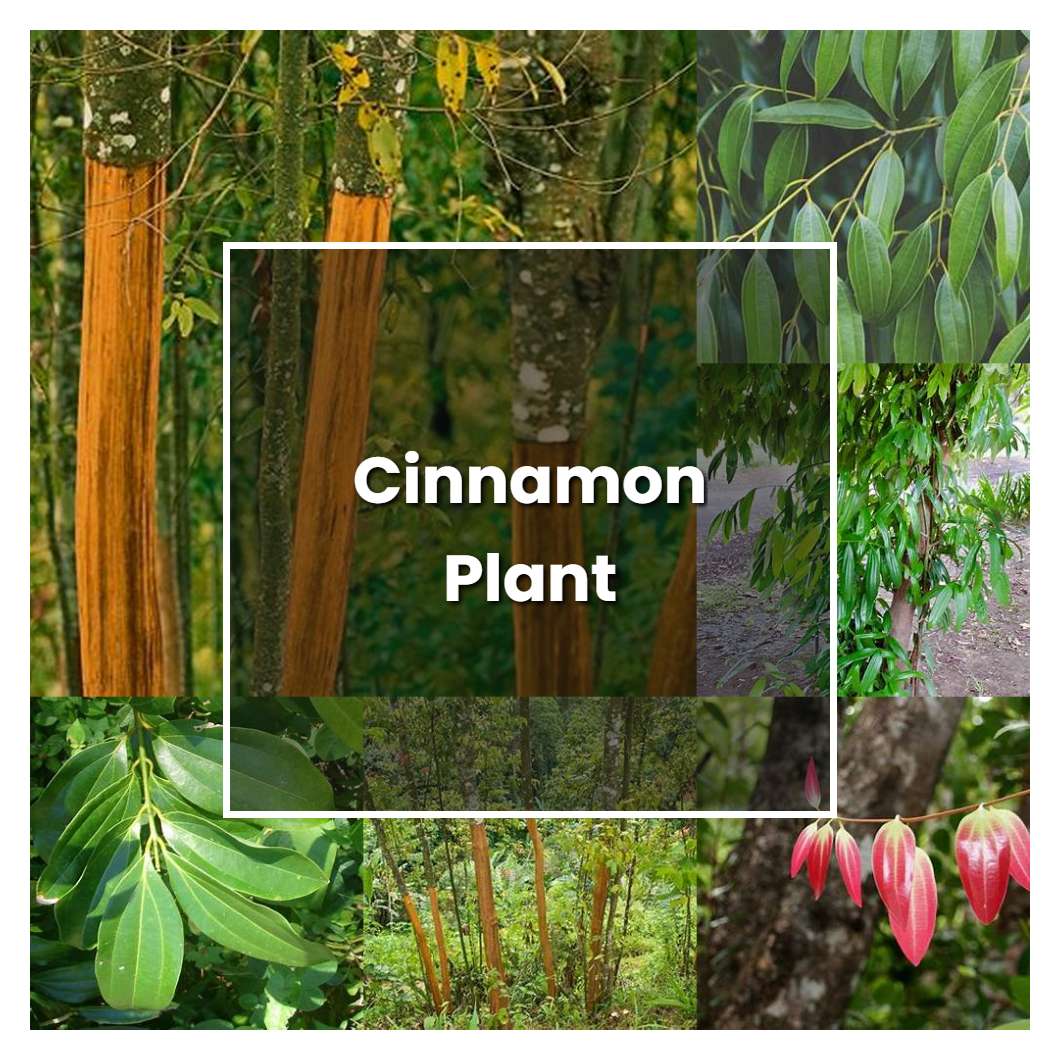Cinnamon is a spice obtained from the inner bark of several trees from the genus Cinnamomum. Cinnamon is used in both sweet and savory foods. The flavor of cinnamon is due to an essential oil that makes up 0.5% to 1% of the bark. This oil is composed of 70% to 80% cinnamaldehyde, with the remainder made up of other volatile compound.

About soil condition, cinnamon can grow in a relatively wide range of soils, as long as it is well drained. Sandy loams or loamy sands with a high organic matter content are ideal. The soil should be slightly acidic, with a pH of 5.5 to 6.5.
Just like other herbs, cinnamon requires a certain amount of sun exposure in order to grow properly. Cinnamon requires at least six hours of sunlight each day, though it can tolerate up to twelve hours of sunlight. If you live in an area with long, sunny days, your cinnamon should do well in full sun. However, if you live in an area with shorter days or less sunlight, you may want to place your cinnamon plant in a spot that gets partial sun.
The temperature condition that is most favorable for cinnamon is a warm and humid environment. This is because cinnamon is a tropical plant that requires a lot of moisture to thrive. cinnamon can tolerate a wide range of temperatures, but the ideal temperature condition for cinnamon is between 77-86 degrees Fahrenheit.
Ideal humidity condition for this plant is between 60% to 80%. The plant will do best if the humidity is kept constant, however, it can tolerate some fluctuations. If the humidity drops below 60%, the leaves will start to curl and the plant will become less vigorous. If the humidity rises above 80%, the plant may develop fungal diseases.
Mentioning fertilizer, this family of plant also needs good drainage. Sandy loam is ideal, but any humus-rich soil will suffice. Be sure the planting site gets full sun. Add some organic matter to the planting hole, along with the appropriate amount of fertilizer for the plant. Set the rootball at the same depth it was in the container. Water well.
Pruning is an important part of keeping your cinnamon plant healthy and looking its best. Pruning helps to control the plant's size and shape, and can also help to encourage new growth. When pruning, be sure to remove any dead or damaged leaves or stems. It's also a good idea to prune in the early spring, before new growth begins.
Propagation is by seed, root cuttings, or layering. Seed should be started in flats or pots in a warm, sunny location. Sow seed in a light, well-drained soil mix and barely cover. Keep the soil moist but not wet and expect germination in 14-21 days. When seedlings are 2-3 inches tall, pot them up into individual pots. Root cuttings can be taken from young plants in late winter/early spring. Layering is best done in late summer/early fall.
Usually, the plant growth rate is between 2.5 and 5.0 cm per year, depending on soil fertility and other conditions. Cinnamon is a hardy plant that can grow in a wide range of conditions, from full sun to partial shade. It prefers well-drained soil and does not like wet conditions. Cinnamon grows best in areas with high humidity and moderate temperatures.
Common problems for this kind of plant include root rot, powdery mildew, and waterlogged soil. Root rot is the most common problem for cinnamon. It is caused by the fungi Cladosporium cinnamomi and Phytophthora cinnamomi. These fungi attack the roots of the plant and cause them to rot. The symptoms of root rot include yellowing of the leaves, wilting, and death of the plant. Powdery mildew is another common problem for cinnamon. It is caused by the fungus Erysiphe cinnamomi. This fungus attacks the leaves of the plant and covers them with a white powdery substance. The symptoms of powdery mildew include yellowing of the leaves, stunted growth, and death of the plant. Waterlogged soil is another common problem for cinnamon. This problem is caused by too much water in the soil. The symptoms of waterlogged soil include yellowing of the leaves, wilting, and death of the plant.
Source:
Dioscorea polystachya (Chinese Yam, Cinnamon Vine) | North
cinnamon | Extension News - University of Connecticut
Cinnamon: A Natural Remedy for High Blood Sugar
